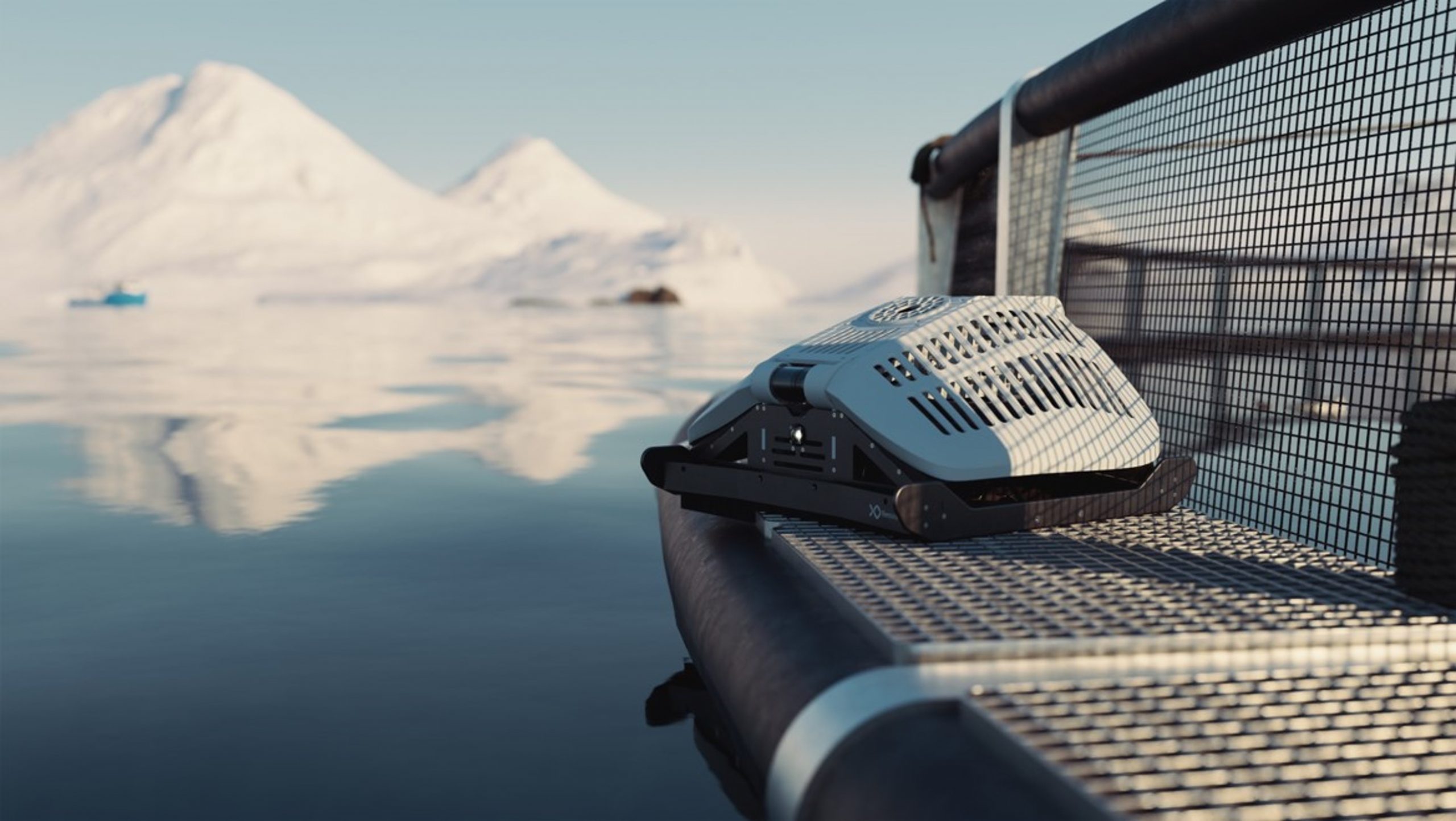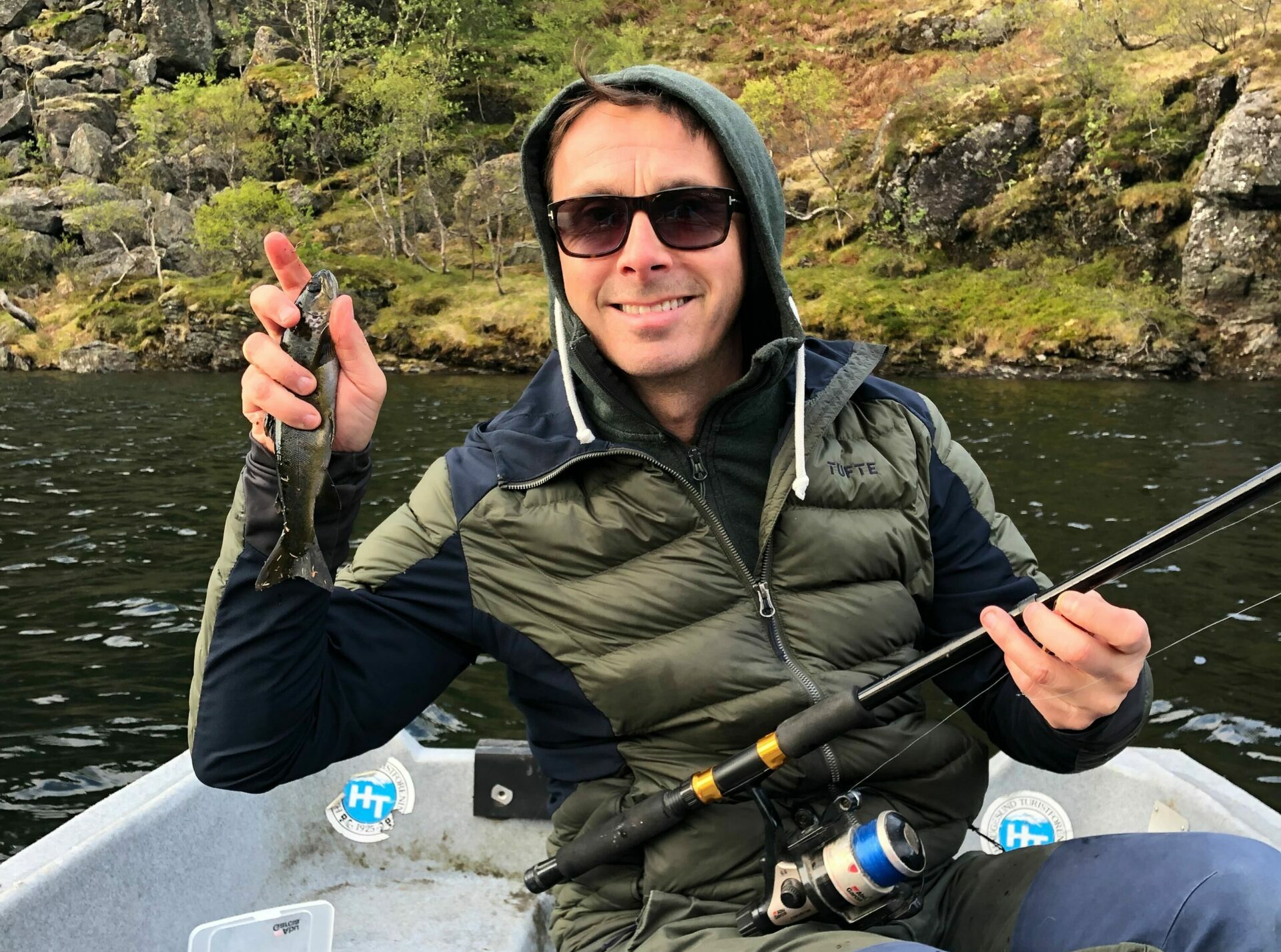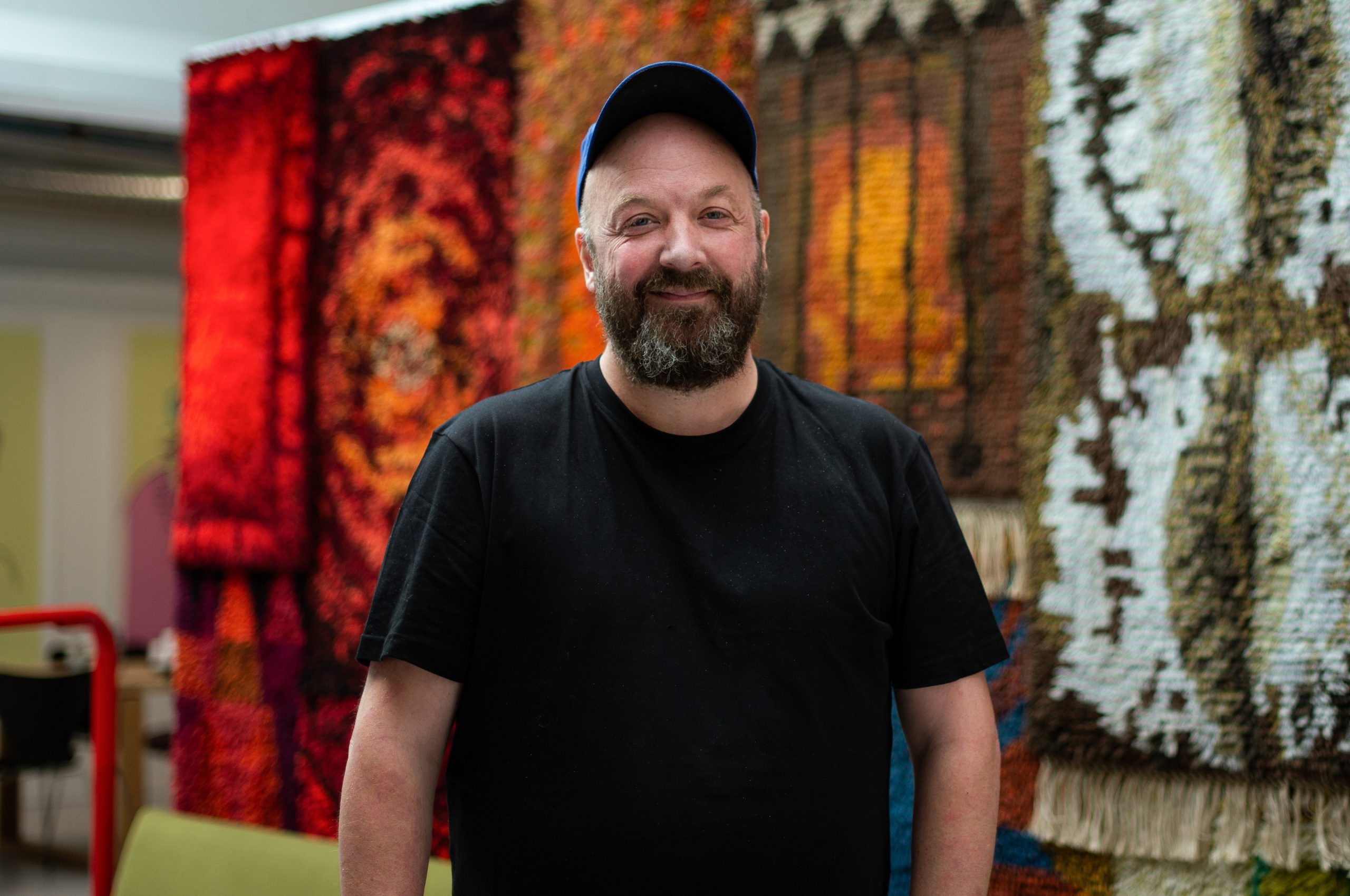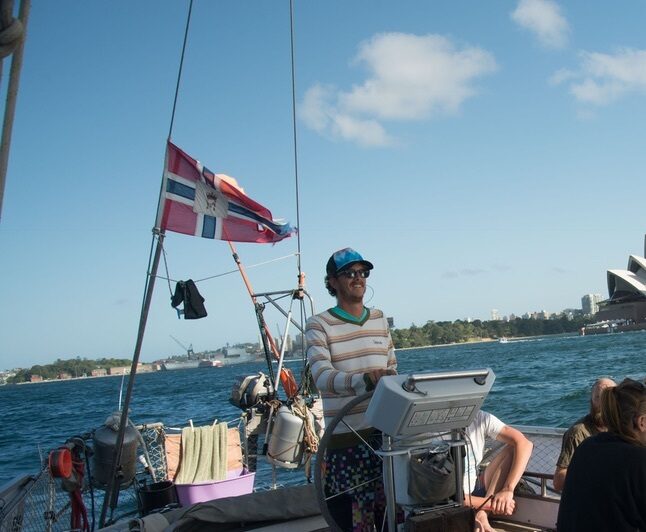The Client
Remora Robotics
Our client uses autonomous, underwater robots to monitor fish farm environments and clean nets. This helps farmers create optimal conditions for both their fish and their business.
The Big Idea
Create a prototype to show how Remora Robotics is going to transform itself from a robotic cleaning service into a comprehensive data solution for the aquaculture market.
This prototype could then be used to engage with investors and customers to get the backing Remora needed to bring the platform to life.
The new platform will use data from Remora’s robots, as well as aggregating fish farmers’ other information sources. This will let customers:
- improve environmental conditions and fish welfare
- simplify and streamline their operations
- save money (on repairs, escaped fish, and more)
- deliver superior food to consumers
To achieve this, the new platform must enable farmers to:
- monitor the position and progress of Remora’s robots using interactive maps and live video
- collect and analyse real-time data collected by the robots, detailing:
- the state of nets (and any current or potential damage to them)
- the quality of environment the fish are living in (e.g. water oxygen levels)
- integrate other sources of data they are collecting through other systems
How did it go?
It went this well!

Project Summary
Remora used Smpl’s super-fast workshop and digital prototyping service.
We delivered a clickable prototype of Remora’s new dashboard data service in five days.
The prototype lets customers shape Remora’s forthcoming product to their needs, gives them a feeling of ownership, and helps secure buy-in to the future service.
It has become an important part of Remora’s business model, as the company looks for more ways to support their customers.
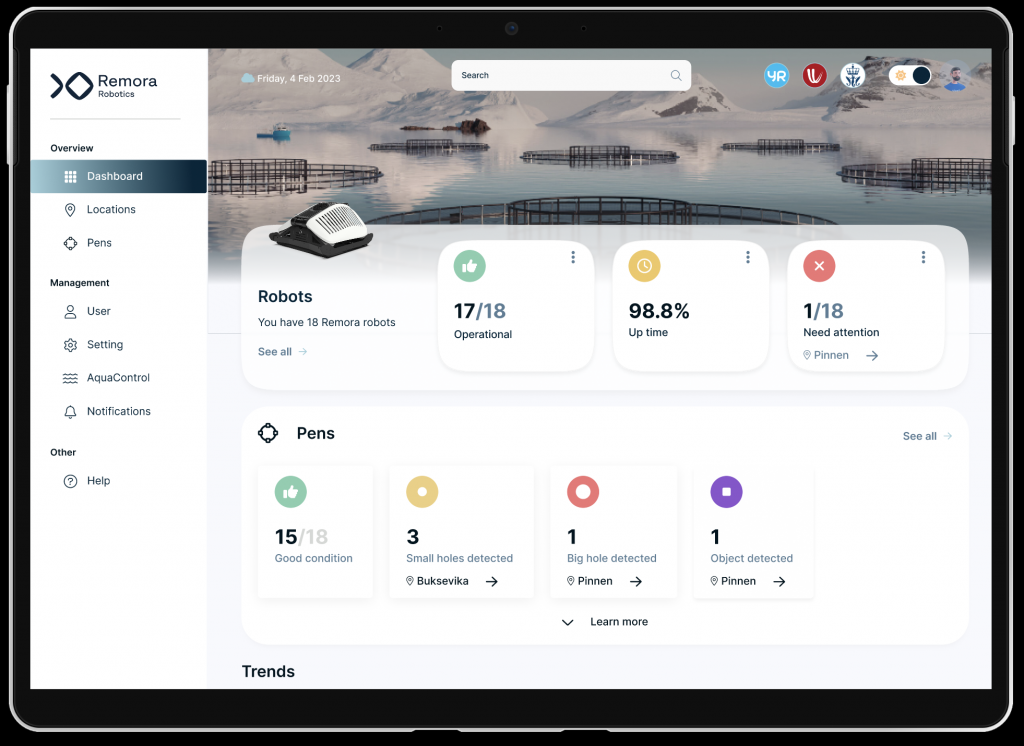
What did the client think?
“To be honest, I was sceptical about your 5-Day Prototype promise” (says Remora CEO, Brage Amundsen). “In the past, it’s always taken me so long and been so costly to get this kind of thing done.
“But I was wrong. You were very professional and honest. When you promised something, you delivered it.
“The digital prototype is excellent. It has a very clean set-up and the design is simple and intuitive. It takes no time to work out what to click, where to click, and why.
“It gave us something professional that we can show to investors and customers that they can engage with – rather than us just explaining the idea.
“It became way easier to win people over with your prototype, rather than with slides and sketches.”
Brage C. Amundsen, CEO, Remora Robotics

The project in depth
The problem to be solved
The idea for Remora’s autonomous, underwater net cleaners was born when the team visited a fish farm.
“There was a net-cleaning boat there, vomiting out smoke,” says CEO Brage Amundsen. “Four guys were on deck carrying huge hoses, blasting the fish farm nets, which can be very stressful for the fish. Right then we knew there had to be a better way of doing this.”
Fish farmers have a mandatory requirement to keep nets clean to ensure continuous water flow through them.
This prevents biofouling [an accumulation of microorganisms, plants, algae, or small animals], keeps oxygen at optimal levels, and lowers stress and sickness in fish.
Ultimately that leads to a better product for consumers.
Brage knew automation was the answer.
“Our robots don’t just appear and clean and leave,” Brage says. “They are methodically cleaning all the time, monitoring the environment, and spotting problems, like algae growth or holes where fish can escape. This makes farmers’ business more effective and efficient.”
Brave new world
Remora’s solution was not just technological.
“We created a whole new business model,” Brage says. “Traditionally farmers get charged per square metre for a one-off high-pressure clean. Instead, we offer fixed costs per month and a continuous cleaning service.”
Once the robots were in place, monitoring and cleaning nets, Remora focused on a bigger opportunity.
“We started using a basic webpage that was built in-house to monitor and track the robots,” says Brage. “But we wanted something more sophisticated and better looking that customers could personalise and use themselves. This would give them a huge amount of value.”
Remora’s ambitions didn’t stop there.
“Today cleaning is primary, but we see it becoming secondary – part of a much bigger offer,” says Brage. “We want to create a data solution that brings together all farmers’ data in one place and lets them run their business much more effectively.”
The begin bringing this vision to life, Remora turned to Smpl.
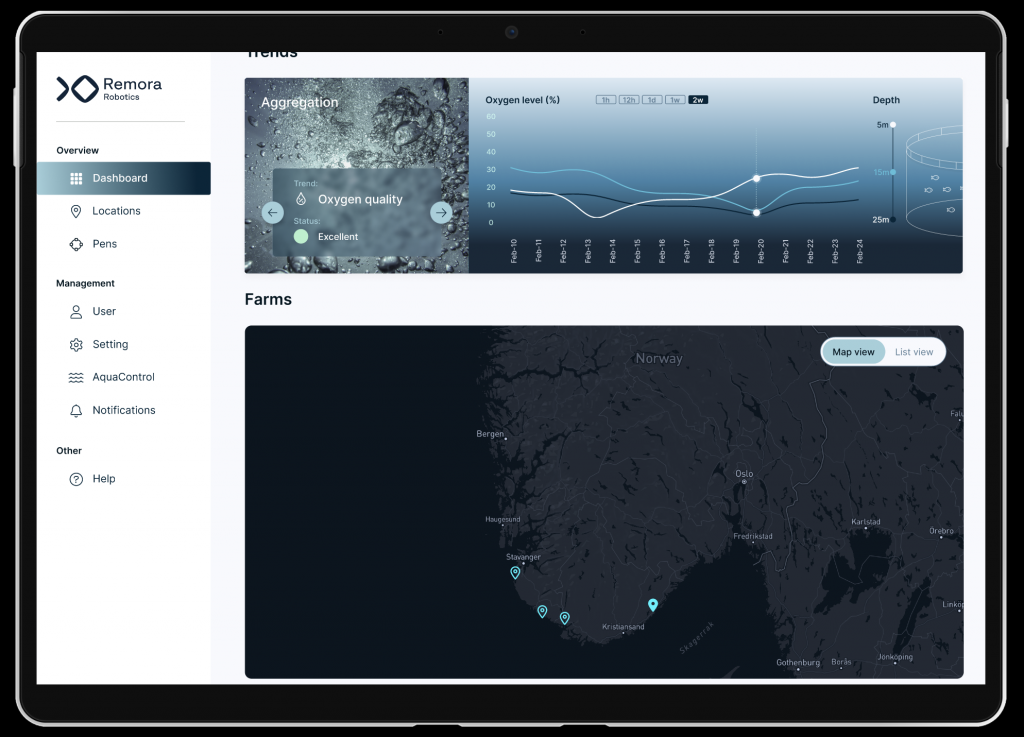
The Solution
Often clients come to Smpl with a Big Idea that requires shaping, both strategically and tactically (for which our business advisory team is standing by).
But Brage’s vision for the new dashboard was clear: he wanted to start creating the data platform of choice for the aquaculture industry.
“First, we needed a platform that farmers could use to monitor our robots,” he says. “That needed to cover operating times, current positions, and an interactive map of where they’ve been cleaning.”
Layered on top of that would be a dashboard where farmers could access and analyse real time data from the robots.
“Farmers need to be able to visualise data that the robots are collecting and understand the environment the fish are living in,” Brage says.
“That means giving them the big picture, as well as granular data – like the water oxygen content in a specific location. That way they can optimise operations.”
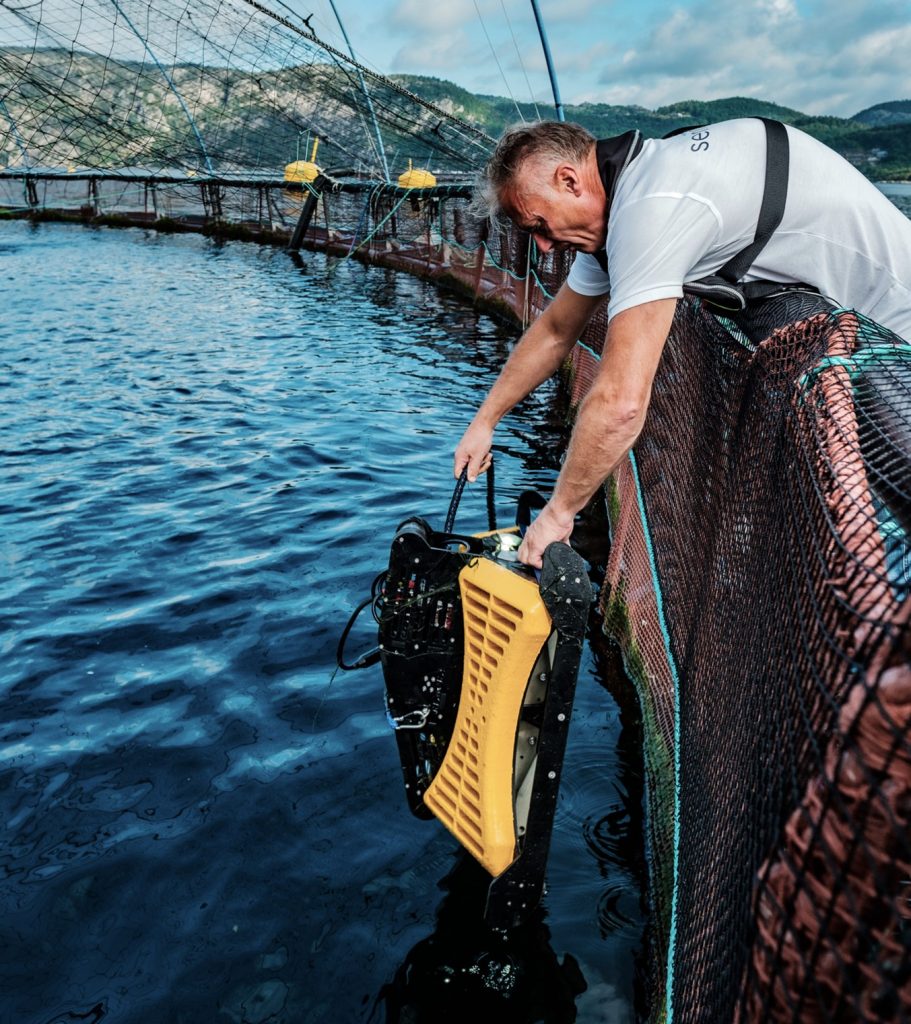
Getting started
Our partnership started with Remora’s senior team meeting Smpl’s designers and engineers at a workshop, run by our Head of Design, Andreas.
Here we discussed immediate needs, as well as the future strategy.
“You guys got the concept really fast,” says Brage. “In that first workshop we were already navigating through design, user flows, and key areas of focus.”
Armed with the output of the workshop, Smpl’s team went to work on the digital prototype.
“The idea of a fast, clickable prototype was very attractive,” says Brage. “In the past, it’s always taken so long and been so costly to get this kind of thing done.”
“I was sceptical you could do it in five days, but I was wrong. You promised something, you delivered on it.”
Creating a digital prototype
The dashboard we created together lets fish farmers choose the KPI’s that are most important to them. This is delivered via graphs, data points, maps, and videos.
It has become an important tool for Remora to develop and market their idea.
“It’s way easier to engage with customers and win them over using your prototype, rather than trying with slides and sketches,” Brage says.
“It’s something we can bring into meetings for customers to look at and click on, instead of just explaining the idea to them,” he adds.
“You captured the essence of what we wanted really well, as well as the different levels of data we wanted to present.
“Users can see and organise information, from high-level data down to specific issues in specific places, quickly. Which is just what we wanted.”
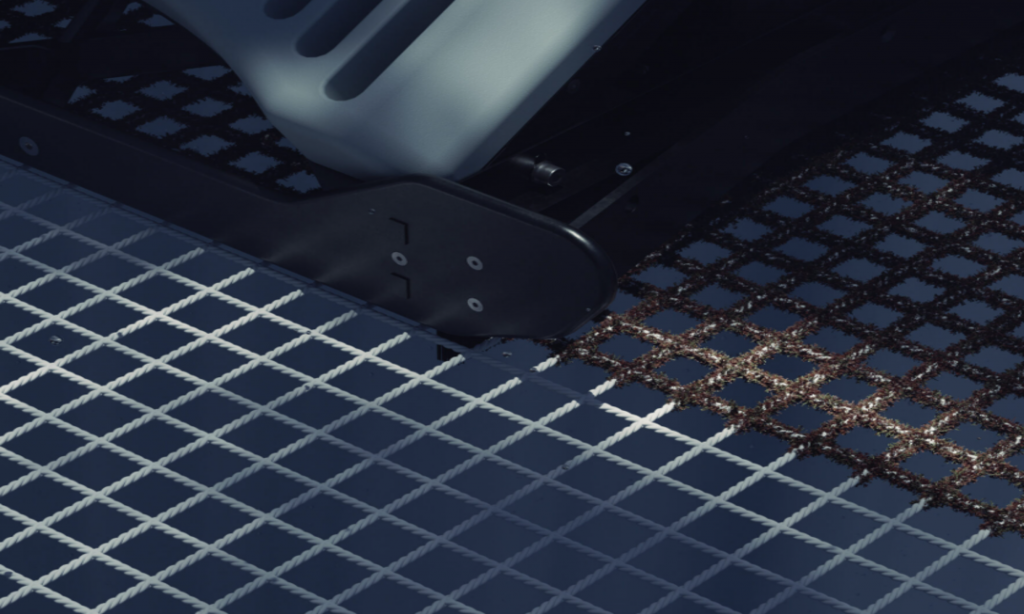
The Big Question
What did Remora think of working with Smpl?
“A lot of effort went into creating what we needed,” Brage says. “On top of that, you were very professional and honest.
“We felt like you really understood what we were trying to do and were in control of it,” he adds. “You delivered more than we expected and, at the same time, built in the flexibility we needed for future development.
“Our goal is to make customers familiar with our new product, get feedback, give them some ownership of the final solution, and make sure our new service can be easily integrated with farmers’ current systems.
“What we’ve created together does all that.”
